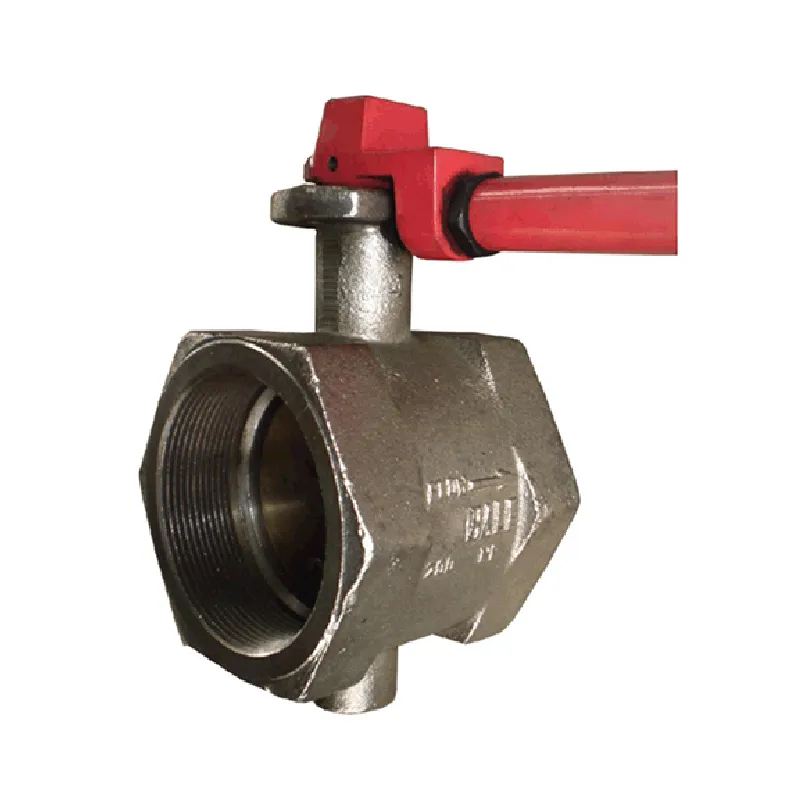10 月 . 21, 2024 23:02 Back to list
Air Release Valve for Water Main Systems and Their Importance
Understanding Water Main Air Release Valves An Essential Component in Water Distribution Systems
Water distribution systems are crucial for delivering clean and safe water to households and businesses. One key component of these systems is the air release valve, particularly within the context of water mains. These valves play a vital role in maintaining the efficiency and safety of water transport, and understanding their functions and importance can greatly benefit those involved in water management and engineering.
What is an Air Release Valve?
An air release valve (ARV) is a specific type of valve that serves to remove trapped air from water mains. Trapped air can create significant issues within a water distribution system, including water hammer, decreased flow efficiency, and even damage to pipelines. The mechanics of an air release valve allow it to function autonomously, releasing air while keeping the water flow uninterrupted.
The Importance of Air Release Valves
One of the primary purposes of an air release valve is to prevent air accumulation within the water mains. When air pockets form, they can disrupt the natural flow of water, leading to pressure fluctuations that can compromise the system’s integrity. This is particularly critical in long stretches of water pipelines where elevation changes may cause air to be trapped in high points.
By utilizing air release valves, water systems can ensure a more stable pressure condition, reducing the risk of water hammer—a phenomenon characterized by loud banging noises in pipes caused by sudden changes in water flow. Water hammer can not only be a nuisance but also lead to severe mechanical failures and costly repairs if not addressed promptly.
How Does an Air Release Valve Work?
water main air release valve

Air release valves usually consist of a main body and a float mechanism. When water enters the valve, the float rises with the water level. When air accumulates in the pipeline, it rises to the top of the valve body, displacing the water and allowing the valve to open. This permits the trapped air to escape, preventing potential pressure buildup.
Once the air is released, the water fills the valve again, causing the float to drop and close the valve. This automated operation allows for continuous and effective air release without manual intervention, making it essential for maintaining the efficiency of water distribution systems.
Installation and Maintenance Considerations
Proper installation of air release valves is critical to their function. They should be strategically placed at high points in a pipeline system where air accumulation is likely. Regular maintenance is also essential to ensure that the valves operate correctly. This includes routine inspections to check for wear and tear, as well as cleaning the valve openings to prevent blockages.
In some cases, it may be necessary to replace older valves with newer, more advanced models that feature better sealing mechanisms or improved materials to resist corrosion and wear.
Conclusion
In summary, air release valves are indispensable components in water main systems, contributing significantly to the overall efficiency and safety of water distribution. By preventing air accumulation, these valves help mitigate risks associated with pressure fluctuations, protect pipeline integrity, and ensure a steady flow of water to consumers.
For engineers and water management professionals, understanding the intricacies of air release valves—including their installation and maintenance—can lead to more reliable and effective water distribution systems. As we continue to improve our infrastructure, investing in quality components like air release valves will be essential in meeting the growing demands for reliable water supply in our communities.
Share
-
Understanding the Differences Between Wafer Type Butterfly Valve and Lugged Butterfly ValveNewsOct.25,2024
-
The Efficiency of Wafer Type Butterfly Valve and Lugged Butterfly ValveNewsOct.25,2024
-
The Ultimate Guide to Industrial Swing Check Valve: Performance, Installation, and MaintenanceNewsOct.25,2024
-
Superior Performance with Industrial Swing Check Valve: The Essential Valve for Any SystemNewsOct.25,2024
-
Industrial Swing Check Valve: The Ideal Solution for Flow ControlNewsOct.25,2024
-
You Need to Know About Industrial Swing Check Valve: Functionality, Scope, and PerformanceNewsOct.25,2024